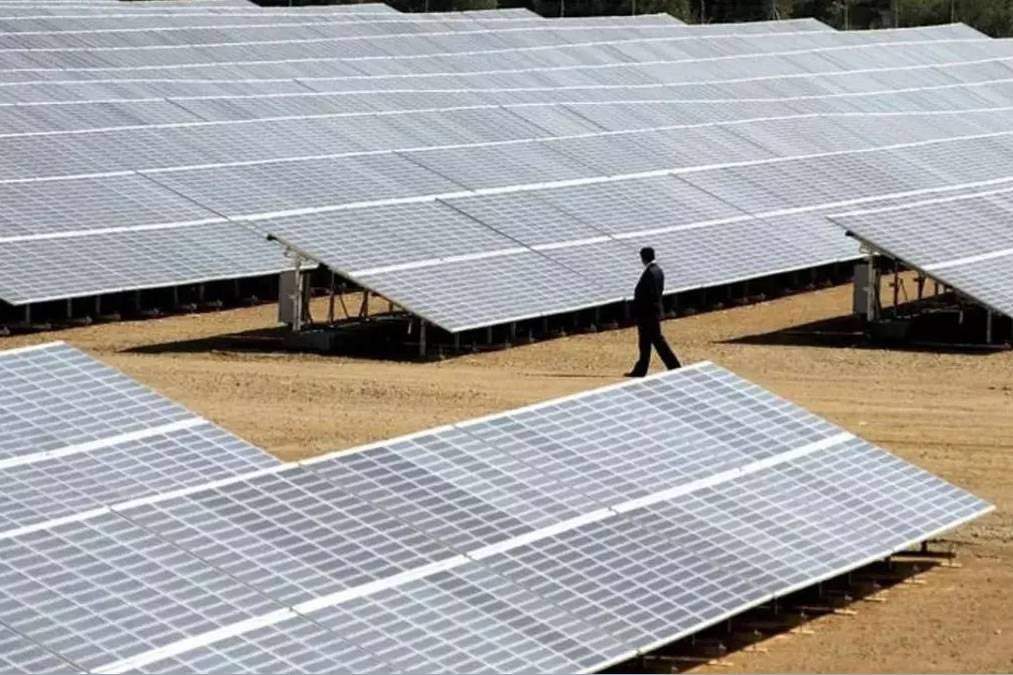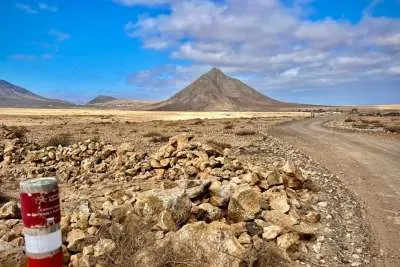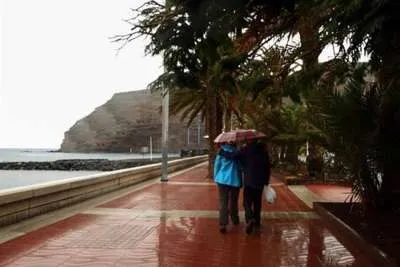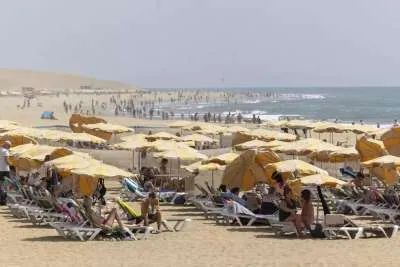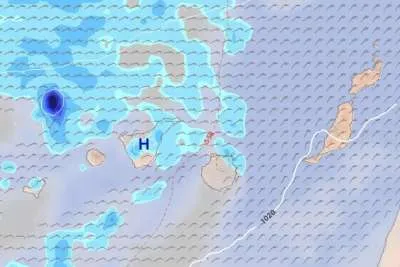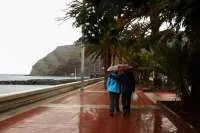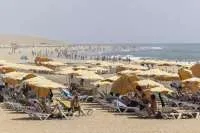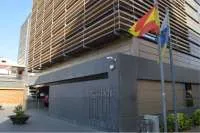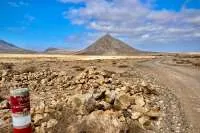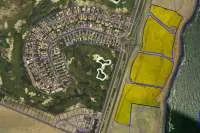Lanzarote wants to protect its landscape from the installation of ‘Solar Farms’
- 15-02-2025
- Lanzarote
- Canarian Weekly
- Photo Credit: Stock Image
The race to dominate solar energy has reached Lanzarote, with several companies vying to establish photovoltaic plants on the island, home to 160,000 residents. In recent months, several projects have aimed to be classified as being of "public interest," a designation that would allow them to proceed even on rural land.
However, the authorities are pushing back against large-scale developments that could jeopardise the island’s unique environmental and scenic values. Instead, they advocate for prioritising solar panels on existing rooftops. "We do not want to see our lands covered in solar farms without a clear and sustainable strategy," stated the Lanzarote Cabildo.
The latest proposed project aims to install a photovoltaic plant on 24,117 square metres of rural land designated for agricultural protection. The infrastructure, projected to generate one megawatt of power, requires an estimated investment of €1.2 million. The developer, RS Iberia 23 S.L., plans to install 1,680 photovoltaic panels in Mácher, a village in the municipality of Tías.
Historically known for its tomato and onion crops, the community, which has a population of just over 1,000, still maintains elements of its agricultural heritage, despite an increasing shift towards the service sector.
The company has requested authorisation to use the land on the grounds of "public interest," arguing in its 466-page proposal that generating electricity directly from sunlight is an environmentally favourable, clean, and pollution-free process.
However, the Tías Town Council, led by the PSOE, has opposed the project, named "Tías I." A detailed municipal report concludes that the proposed solar plant is not permissible, as it is situated on agricultural-protected land and is incompatible with the town’s General Plan.
A technical planning report further highlights that energy-related infrastructure is not permitted under Tías' municipal land-use regulations for agricultural-protection zones. The plan allows only specific types of structures, such as warehouses, tool sheds, farms, stables, reservoirs, and other agricultural or infrastructure-related buildings. Service stations, isolated single-family homes, and rural tourism buildings are also permitted, but large-scale energy projects do not fall within the approved categories.
Additionally, the proposed project includes a medium-voltage transmission line that would cross various land classifications, including economic-agricultural protection zones, infrastructure-protection zones, undeveloped residential land, consolidated urban land, and deferred sectoral urbanisable land.
The documentation submitted by the developer has also been deemed insufficient. The Tías Town Council notes that while the company applied for a general Public and Social Interest Declaration, it failed to request a specific licence for a non-traditional land use that is not covered by existing planning regulations. As a result, the municipality has denied the company’s request, arguing that the project "does not guarantee the maintenance of operational integrity or service quality of existing public infrastructure."
Furthermore, the project involves the compulsory expropriation of 36 properties to create an electricity transmission corridor. The Tías Town Council maintains that solar energy initiatives should focus on self-consumption and the utilisation of existing rooftops, thus preventing unnecessary land occupation and minimising visual and environmental impact.
The Lanzarote Cabildo, currently led by a coalition of the CC and the PP parties, has also expressed opposition to the installation of this photovoltaic plant. "Lanzarote has a unique environmental and landscape consciousness that distinguishes it from the rest of the archipelago. Historically, our appreciation for our landscape and natural surroundings has been a defining characteristic," stated Oswaldo Betancort, the island’s president.
Speaking in response to a request from the PSOE to clarify his position on photovoltaic farms, Betancort insisted that local institutions should determine which areas of the island should be allocated for renewable energy projects.
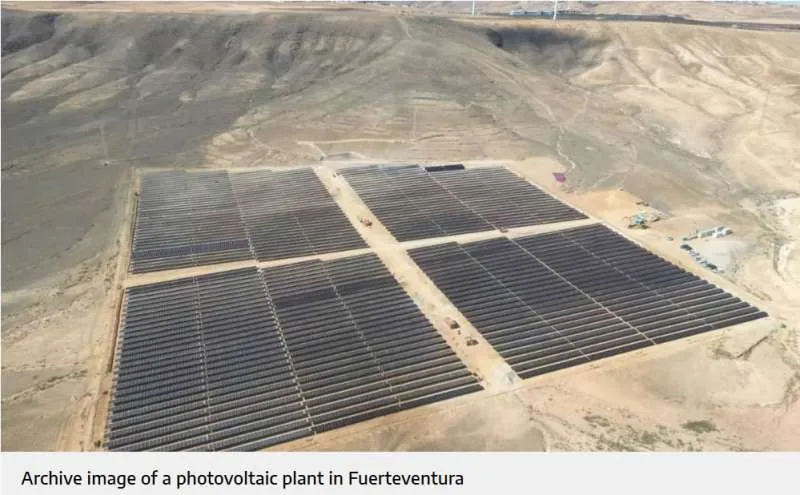
Tías has already seen another attempt at large-scale solar development, with a private initiative proposing the installation of 7,040 solar panels generating two megawatts of power on 103,980 square metres of agricultural-protection land in Mácher.
The Canary Islands' Ministry of Ecological Transition and Energy, led by the PP, had initiated the process to declare this installation of general interest, despite opposition from both the Lanzarote Cabildo and the Tías Town Council. However, this proposal was ultimately abandoned after the developer failed to submit a required biodiversity report to the regional government. "The project officially lapsed on 1at January due to a lack of documentation," confirmed regional councillor Mariano Hernández Zapata.
In response to ongoing concerns, the Cabildo has announced that a new Ordinance for the Standardisation of Rural Land for Sustainable Energy Deployment will be introduced in the next few weeks. This pioneering regulation will define which areas of the island can be designated for renewable energy development, focusing on "residual rural land without any specific protection" to ensure that the natural landscape remains uncompromised.
Other articles that may interest you...
Trending
Most Read Articles
Featured Videos
A Vision of Elvis Tenerife Promo
- 10-05-2025
TEAs 2025 Highlights
- 17-11-2025


